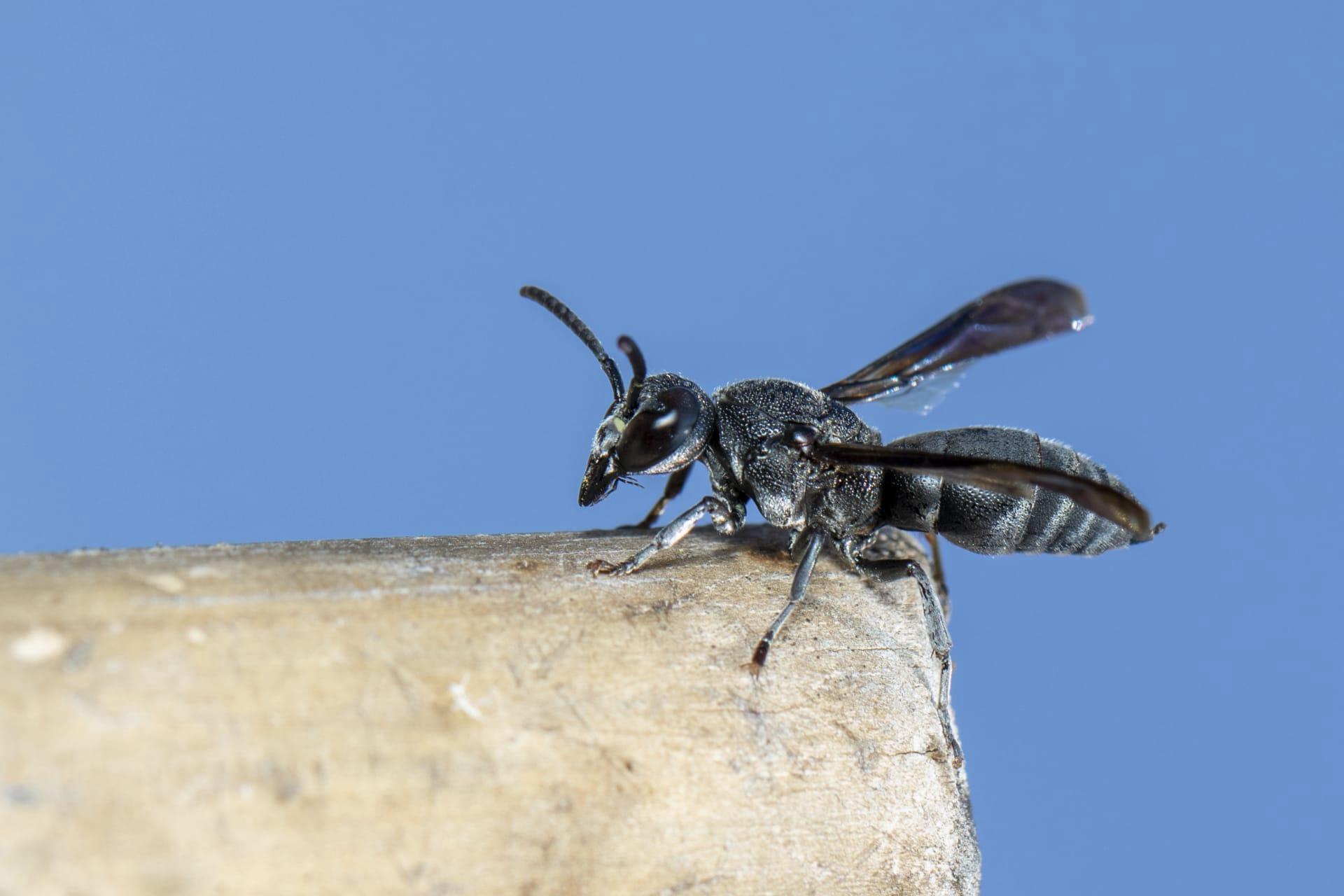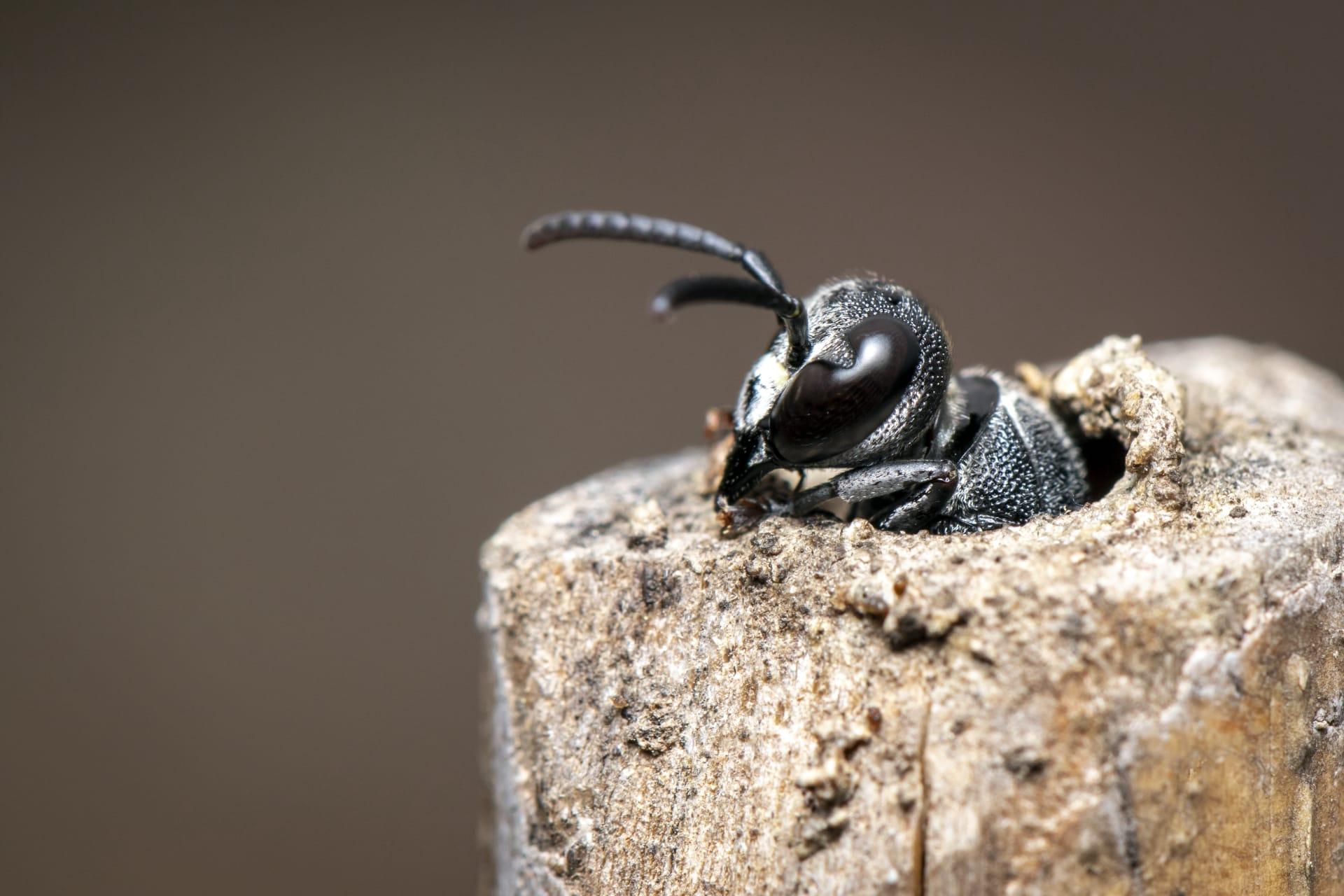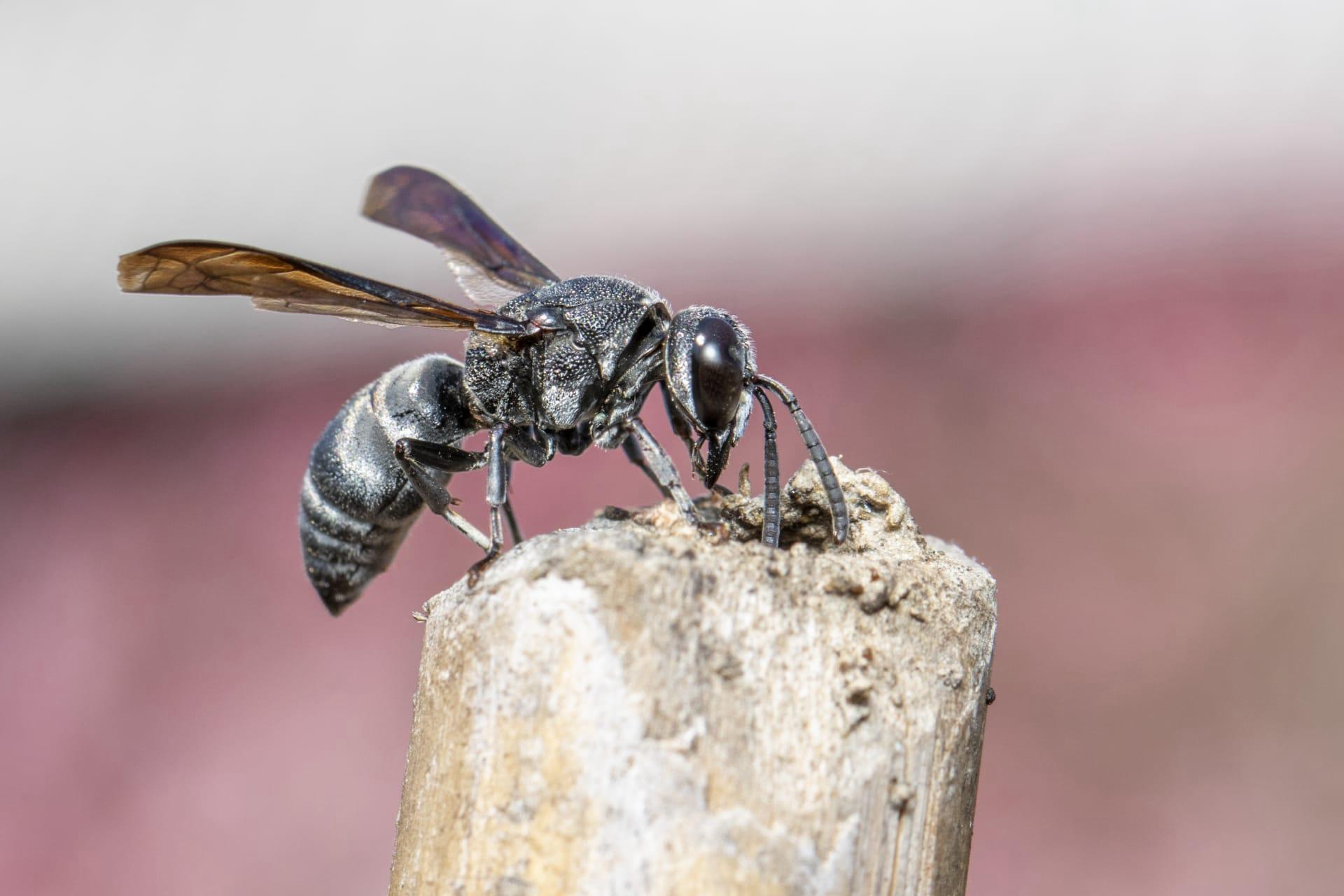Great Black Wasp Characteristics
- Home /
- Mini Encyclopedia /
- Animal /
- Great Black Wasp Characteristics
1
The Great Black Wasp, scientifically known as Sphex pensylvanicus, is a fascinating insect with distinct physical characteristics. This species, notable for its striking black color, measures about 1 to 1.5 inches (2.5 to 3.8 centimeters) in length. The females are generally larger than the males. These wasps have a relatively short lifespan, with adults typically living for about 2-3 weeks. What sets the Great Black Wasp apart is its impressive wingspan, which can extend up to twice its body length, aiding in efficient flight and hunting.
One of the most remarkable organs of the Great Black Wasp is its stinger. Unlike bees, these wasps can sting multiple times without losing their stinger or dying. The stinger is not only a defense mechanism but also a hunting tool. Female wasps use it to paralyze prey, primarily orthopterans like grasshoppers and katydids, which they then transport to their nests. This paralysis technique is crucial for providing live, fresh food for their larvae, ensuring the survival of the next generation.

2
Question: Do Great Black Wasps pose a threat to humans?
Answer: Despite their intimidating appearance and ability to sting, Great Black Wasps are generally not aggressive towards humans. They are solitary creatures and do not defend their nests like some other stinging insects. Their primary focus is hunting prey for their offspring. Stings to humans are rare and usually occur only if the wasp is provoked or handled. The venom of the Great Black Wasp is not considered dangerous to humans unless there is an allergic reaction, which is rare. Overall, they play a beneficial role in controlling the population of their prey and are an important part of the ecosystem.

3
The Great Black Wasp exhibits remarkable movement characteristics. They are strong fliers, capable of covering considerable distances in search of prey. Their flight is often described as swift and direct, with the ability to hover in place momentarily. On the ground, they are agile and can navigate through vegetation effectively while hunting.
In terms of feeding habits, adult Great Black Wasps primarily consume nectar from flowers, playing a role in pollination. Their diet helps them maintain the energy needed for their active lifestyle. However, the feeding behavior dramatically changes when it comes to their larvae. The female wasp hunts and paralyzes prey such as grasshoppers, locusts, and crickets, which are then stored in the nest. These live, paralyzed insects serve as a fresh food source for the wasp larvae, providing them with the necessary nutrients for development.

4
The Great Black Wasp thrives in various environments, preferring open areas with abundant vegetation. They are commonly found in meadows, gardens, and along the edges of forests. These habitats provide ample hunting grounds and floral resources for the wasps. They are well adapted to a range of climates and can be found in many parts of North America, especially during the warmer months.
Reproduction and nesting habits of the Great Black Wasp are unique. Females construct underground nests, often in sandy or loose soil, where they lay their eggs. Each chamber of the nest is provisioned with paralyzed prey for the developing larvae. The female meticulously cares for the nest, ensuring that each larva has enough food. After the larvae complete their development, they pupate within the nest, emerging as adults the following season. This cycle highlights the wasp's solitary nature, as each female is solely responsible for the continuation of her lineage.

5
Book: "Insects of North America" by Dr. James K. Johnson (USA, 1998) provides a comprehensive guide to the diverse insect life found across the continent. This book includes a detailed chapter on wasps, with specific attention given to the Great Black Wasp. Johnson's work is acclaimed for its accuracy and accessibility, making it a valuable resource for both entomologists and amateur nature enthusiasts. The book's vivid descriptions and illustrations offer a deeper understanding of the wasp's behavior, habitat, and role in the ecosystem.
Book: "The World of Wasps" by Emily Sanders (UK, 2005) offers an engaging exploration of various wasp species around the globe, including the Great Black Wasp. Sanders, a renowned entomologist, presents the wasp's life cycle, hunting habits, and ecological importance in an easily digestible format. Her book is praised for demystifying these often-misunderstood insects and highlighting their significance in biodiversity and natural pest control.